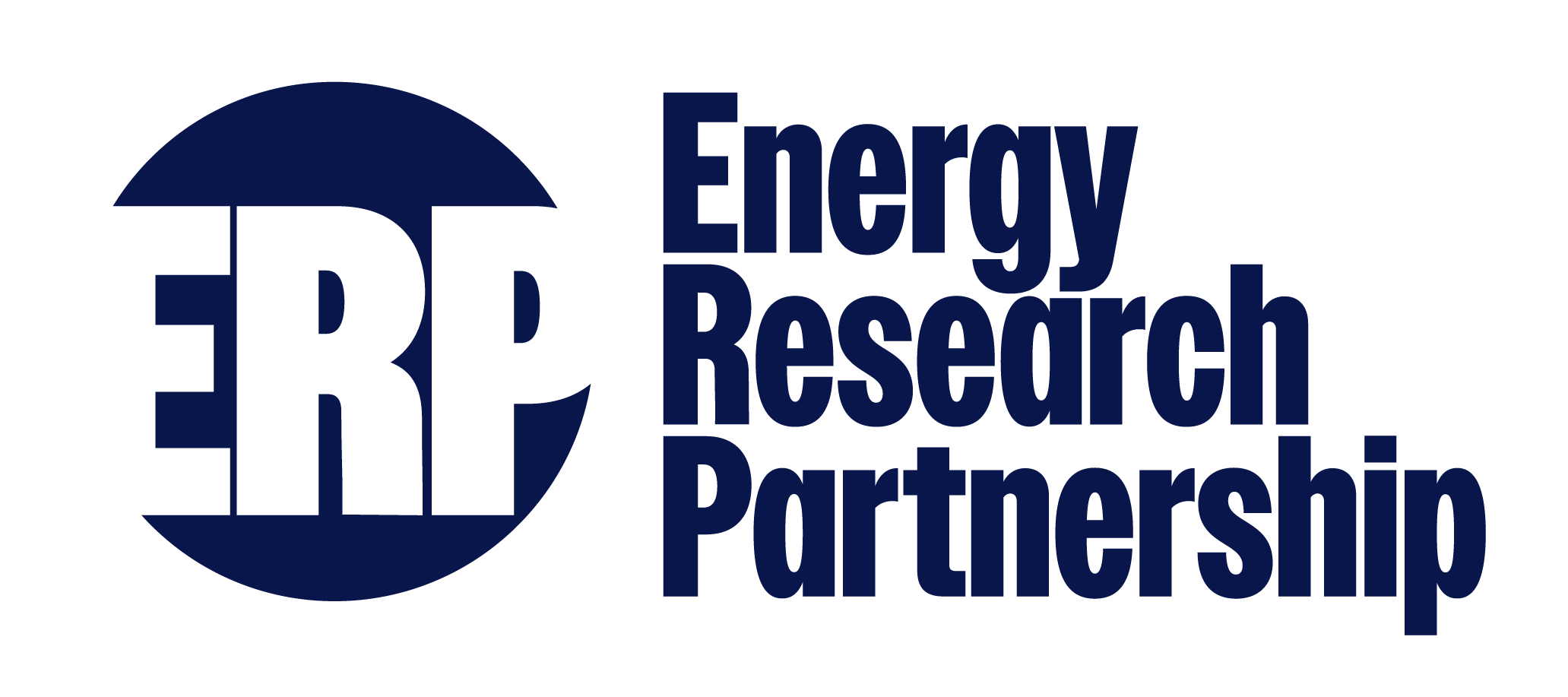Heating buildings accounts for 25% of the UK’s energy demand and 15% of its greenhouse gas (GHG) emissions. Cost-effective GHG emission reductions are available for space heating via demand reduction and fabric energy efficiency, which reduce the residual heat demand that will have to be met by low-carbon heat sources.
High fabric energy efficiency is undoubtedly the best approach for new buildings: it maximises the time over which the measures can act, causes no disruption for occupants, and avoids the greater costs and disruption of future refurbishment. Ambitious improvements to fabric energy efficiency are challenging for many existing buildings, but should be considered wherever possible and affordable, because if major improvements are not made, the UK could be left with a residual heat demand that is too large to allow sufficient reductions in GHG emissions using available low-carbon heat sources. The UK would face an insurmountable back-log of retrofit projects, including to upgrade new buildings that have missed the opportunity to adopt leading practice from the start.
Conclusions & Recommendations
To address the current slow rate of improvements (the “uptake gap”) the UK must aim for leading practice in new buildings, and must accelerate the deployment of retrofit solutions for existing buildings.
Increasing the uptake of improvements is not enough: experience has shown that when improvements are carried out, results are disappointing due to a combination of unrealistic expectations of the impacts (the “prediction gap”) and an under-delivery in actual performance (the “performance gap”).
New measures are needed to address these three gaps for space heating: these must be adopted in a pragmatic manner, without pursuing spurious precision or allowing “the best to become the enemy of the good”. Deployment must continue for measures that are known to bring benefits, even if exact impacts are uncertain; and early stages of deployment should be treated as a “safe learning environment”.
For retrofit quality, the Bonfield Review was commissioned to consider customer advice and protection, the standards framework, and monitoring and enforcement. For new-build, all customers already pay the costs for stipulated energy performance, but only some receive the intended benefits: the sector does not necessarily need more energy regulation, but rather more effective regulation through better use of monitoring, testing and enforcement.
We recommend actions to provide ambition and certainty in regulations for the building industry, new approaches to increase the appeal of retrofit to leverage customer interest, research to improve understanding of heat use in buildings, and better quality control and enforcement to deliver performance in practice.
- To guide buildings’ energy policies and regulations to be commensurate with the UK’s Carbon Budgets, a cross-departmental group should be established with membership from DCLG, BEIS, and relevant organisations (e.g. National Infrastructure Commission), aided by the establishment of an expert advisory panel.
- To provide ambition and certainty for the building industry, DCLG should produce a regulatory trajectory for building energy regulations that reaches leading performance in fabric thermal efficiency, and should maintain this trajectory.
- To leverage customer action on energy efficiency, DCLG should improve its use of light-touch regulations: Display Energy Certificates (DECs) should be applied to all public buildings and promoted for private buildings; Energy Performance Certificates (EPCs) should be promoted more effectively as an important part of purchase and rental decisions.
- To increase uptake of retrofit solutions, product manufacturers and installers should better promote retrofit options and should develop more appealing products, installation methods and “retrofit packages”, with support from heritage groups for older buildings and with engagement from government for the development and implementation of policies.
- To increase understanding of thermal performance in buildings, the Energy Systems Catapult (ESC) should expand its network for access to test facilities and expertise to include tests of thermal performance, and should maintain its buildings trials as a longitudinal study and control group for other studies.
- To improve thermal performance in practice, product manufacturers should take a greater role in training and quality control in installation, and the building inspection regime should improve its use of tests and enforcement (better regulation, not necessarily more regulation) including conducting truly random spot checks of energy performance.
Follow-up activities
The report includes a number of actions that can be taken in support of the recommendations, and we will work with relevant organisations to identify opportunities to advance these actions.
The ERP’s Low-carbon Heat event on 11th October 2016 presented the ERP’s reports on Heating Buildings and The Potential Role of Hydrogen in the UK Energy System, and will introduce the ERP’s new project on Low-carbon Heat. This project is building on conclusions about heating options from the Buildings and Hydrogen projects to understand implementation issues for customers and utilities, and implications for energy systems. The event included perspectives from guest speakers and opportunities for attendees to contribute views on the priorities for the Low-carbon Heat project.
Steering Group
Project Chair:
- John Miles, Arup / Cambridge University
Steering Group (please note that some members have since moved from these organisations):
- Ron Loveland, Welsh Government
- Simon Hancock, Atkins
- Rufus Ford, SSE
- Simon Hyams, ETI
- Ben Westland, Scottish Enterprise
- Hunter Danskin, DECC
- Ken Bromley, DCLG
- Jeff Hardy, Ofgem
- Ute Collier, CCC
Further Information
Please contact Dr Simon Cran-McGreehin from the ERP Analysis Team.


